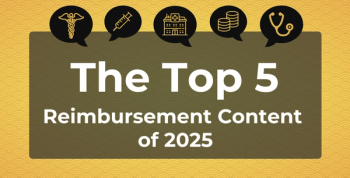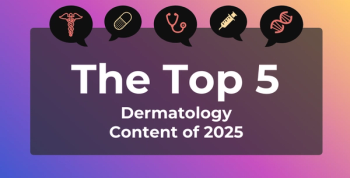
Algorithm Facilitates Optimal Glycemic Monitoring in New Comparative Study
Because type 1 diabetes can be very difficult to effectively manage in children and adolescents, these study investigators compared outcomes between a hybrid closed-loop algorithm add-on and usual care.
Results of an international study conducted among children with type 1 diabetes (T1D) using
These findings were published in a recent issue of
T1D can be very difficult to effectively in children and adolescents, the authors noted, and “closed-loop insulin delivery systems have the potential to address suboptimal glucose control in children and adolescents with T1D.” Their primary end point was change in HbA1C at 6 months, with those in the study group using a modified Medtronic 640G pump, Medtronic Guardian 3 sensor, and Medtronic prototype phone enclosure (FlorenceM configuration), or a Sooil Dana RS pump and Dexcom G6 sensor (CamAPS FX configuration).
Mean baseline HbA1C was close to equal in both groups, at 8.2% (0.7%) in the study group and 8.3% (0.7%) in the control group. By the 6-month mark, however, there was a separation. The study cohort vs had a 3.5-mmol/mol lower HbA1C (95% CI, –6.5 to –0.5) vs the control cohort; this equated to a 0.32 percentage point lower overall measure (95% CI, –0.59 to –0.04; P = .023).
Overall, mean HbA1C decreased more from baseline to 6 months in the study vs control group. The study group dropped from 66 (8) to 60 (12) mmol/mol and the control group from 67 (8) to 64 (8) mmol/mol.
Median (IQR) closed-loop usage was 93% (88%-96%), the highest level seen, among those using CamAPS FX and lowest among those using FlorenceM, with 40% (26%-53%); the latter required regular finger-prick calibrations.
There were 31% more adverse events (AEs) in the control group—67 were seen in the study group vs 88—and 155 AEs overall. The most serious AEs were hypoglycemia (closed-loop group, 4; control group, 3), diabetic ketoacidosis (closed-loop group, 2), and non–treatment related (2). Twenty-three hyperglycemia events were also seen (closed-loop group, 11; control group, 12), but the authors noted none fit diabetic ketoacidosis criteria.
Study data also show that more in the closed-loop group met the target HbA1C compared with the control group (33% vs 6%) and that time with glucose in the target range of 3.9 to 10.0 mmol/L was 6.7 percentage points higher in the study group.
“The Cambridge hybrid closed-loop algorithm had an acceptable safety profile, and improved glycemic control in children and adolescents with T1D,” the authors concluded, while also noting that efficacy does rely on consistent use.
“Results from our study together with those from previous studies strongly support the adoption of closed-loop therapy in children and adolescents with suboptimal glycemic control in clinical practice.”
Reference
Ware J, Boughton CK, Allen JM, et al. Cambridge hybrid closed-loop algorithm in children and adolescents with type 1 diabetes: a multicentre 6-month randomised controlled trial. Lancet Digit Health. 2022;4(4):e245-e255.doi:10.1016/S2589-7500(22)00020-6
Newsletter
Stay ahead of policy, cost, and value—subscribe to AJMC for expert insights at the intersection of clinical care and health economics.








